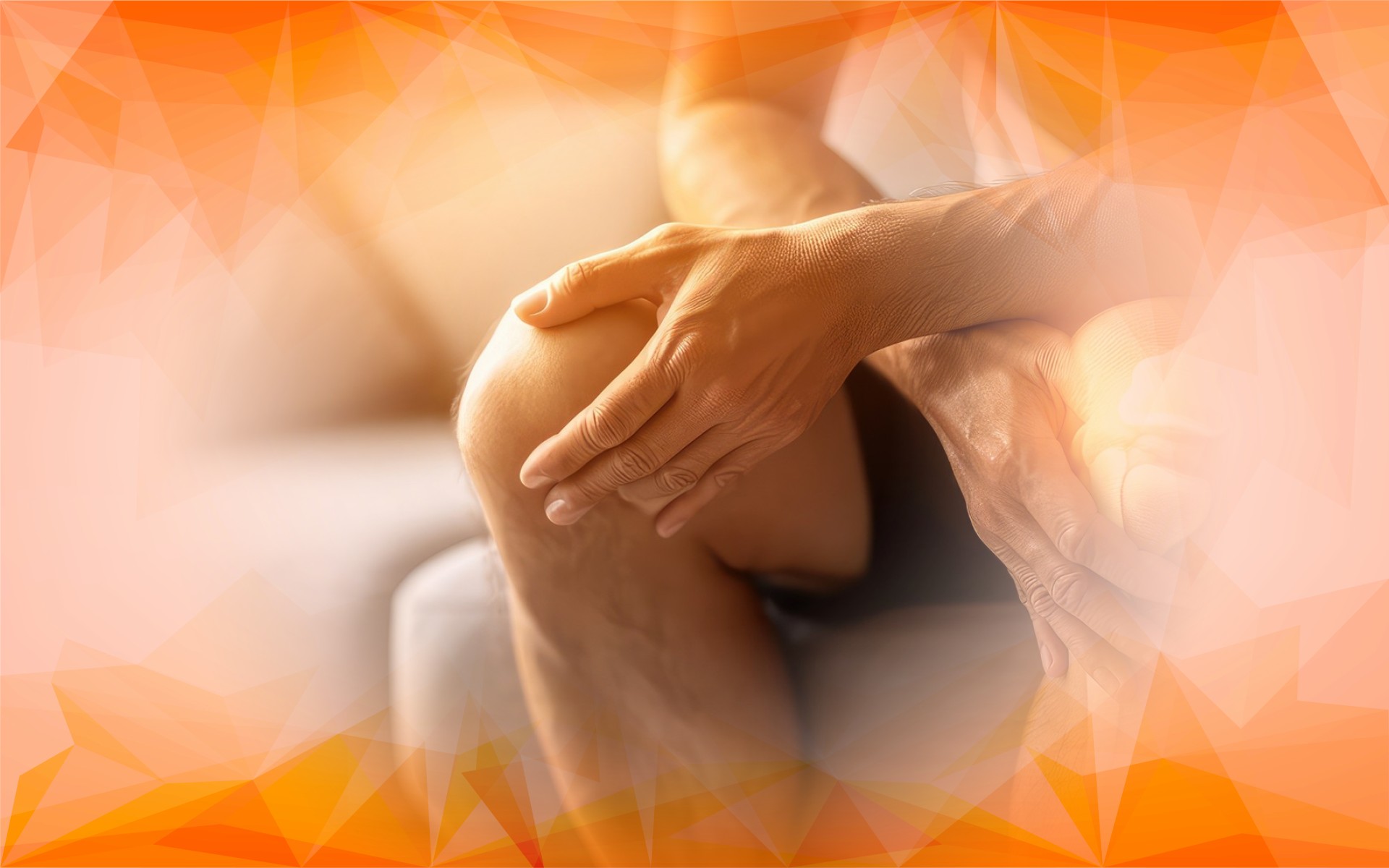Knee injuries are unfortunately quite common in golfers, especially those who are older. The repetitive nature of the sport, combined with the fact that it is a weight-bearing activity, can lead to overuse injuries of the knee joint. In addition, the golf swing is a complex movement that puts a lot of stress on the knees. Technical faults in the swing can also lead to knee injuries.
Several measures can be taken to prevent knee injuries in golf. First, it is important to warm up properly before playing. Second, golfers should focus on maintaining good technique and avoiding technical faults in their swing. Finally, they should be aware of the signs and symptoms of knee injuries so that they can seek treatment early if they do develop an injury.
Age-related injuries
Golf is a sport that is often thought of as being safe and gentle. However, this is not always the case, especially for older golfers. Age-related injuries are a common problem for golfers over the age of 50, and these injuries can often be quite serious.
Several factors can contribute to age-related injuries in golfers. First, the natural aging process can cause bones and muscles to weaken, making golfers more susceptible to injury. Second, many older golfers often do not warm up properly before playing, which can also lead to injury. And finally, many golf courses are not well-maintained, which can create dangerous conditions for golfers of all ages. Conditions the older population may suffer from are arthritis, osteoarthritis or tendonitis, which they may be unaware of, which will be exacerbated by the exercise, especially if there has been no warm-up or hydration levels are not maintained.
Biomechanics for the golf swing
The knee is susceptible to damage (overuse) during the swing phase if not performed correctly. The incorrect technique will cause injury eventually and you may not be getting the best performance you can out of it.
The golf swing can be divided into three phases: the take-off, the backswing and the downswing.
The take-off is the most important phase of the swing, as it sets the tone for the rest of the movement. A good take-off will ensure that the rest of the swing is in good form. The backswing is the second phase of the golf swing, and it is during this phase that the club is swung back and up above the head. The downswing is the final phase of the golf swing, and it is during this phase that the club is swung down and through the ball.
The lead knee which typically is the left knee if you are right-handed, is subject to more motion and higher stress load than the trail knee, which will commonly be the knee in which most golfers have more pain. The rotation of the tibial internal rotation causes the knee to be at higher risk of injury and overuse conditions.
Knee injuries are a common problem for golfers of all ages. The most significant contributing factor is age, as the risk of injury increases with age. Other important factors include correct technique and warm-up/cool-down routines. To reduce the risk of a knee injury, golfers should warm up before playing and cool down afterward. They should also seek professional advice if they have any concerns about their technique.
Check back soon for our upcoming updates on Arthrosamid knee treatment, average Arthrosamid cost, Arthrosamid NHS, osteoarthritis.
Contact MSKdoctors on 0330 001 0048 or email at team@mskdoctors




